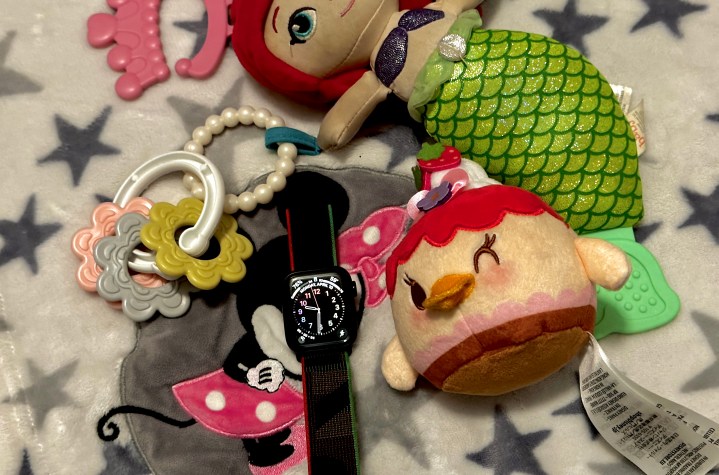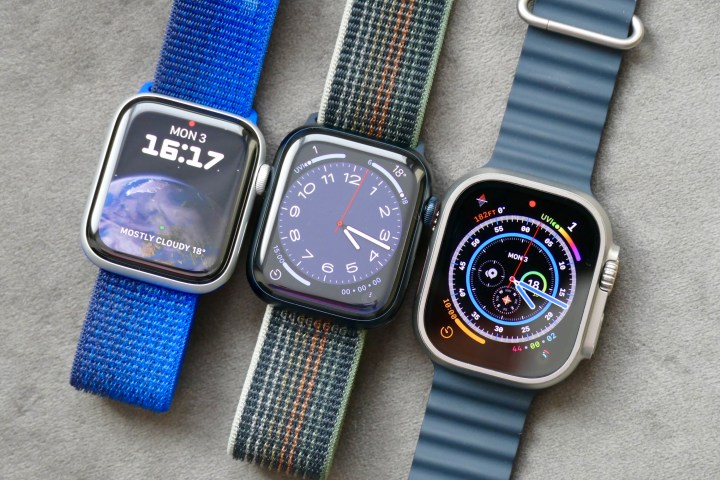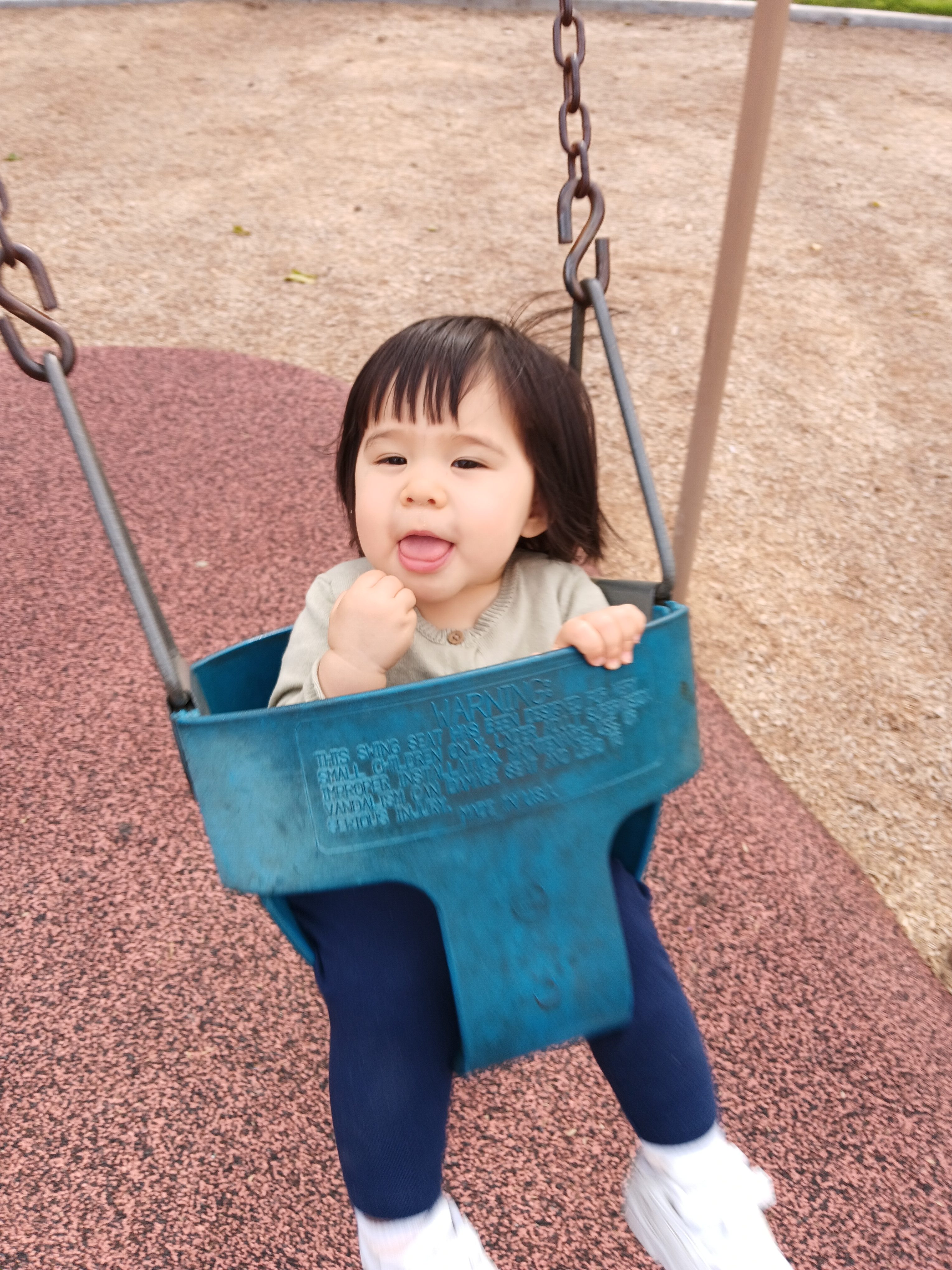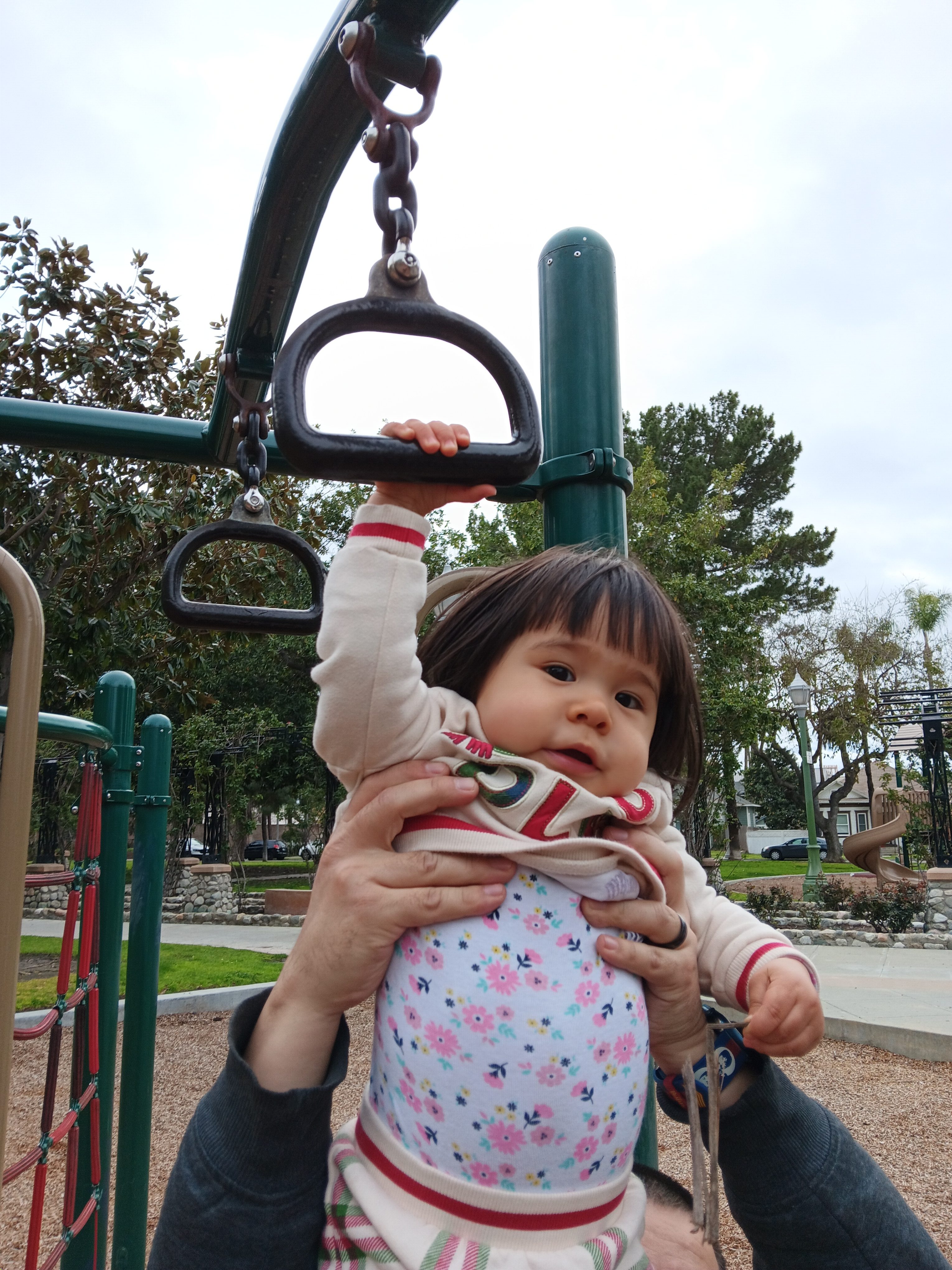One of the biggest changes for the Apple Watch was the always-on display, introduced on the Apple Watch Series 5. Sure, later models added more sensors for things like blood oxygen levels and body temperature, but those don’t have quite the same level of impact as the always-on display. In fact, I’m still using my Apple Watch Series 5 and don’t plan to upgrade unless Apple adds a certain feature I’ve been waiting for.
I got my titanium Apple Watch Series 5 when it first came out, which was in 2019. Since then, I’ve gone through one of life’s biggest milestones: I became a first-time mother in late 2021. So far, I’ve endured sleepless nights, loss of privacy around the house, struggling to be on time for things, having to juggle large bags of baby stuff, and — oh yes — lots of dirty diapers. I tell you, it’s been a rough ride, and some days I’m still wondering how I manage to survive.

But with everything, I have noticed one thing in particular — my daughter seems to love technology already. She loves trying to use my iPhone 14 Pro when she sees it (especially if I load up photos and videos of her, she’s so vain), and she absolutely loves tapping my Apple Watch because she sees the always-on display and becomes entranced.
This has led me to discover a problem with the Apple Watch that I wouldn’t have known about before I had kids.
A problem with no solution (yet)

I’m sure if you’re a parent, you can relate to this scenario: you have a fussy baby who hates diaper changes, but it’s been a few hours … or your nose tells you that it’s time for a diaper change. You get the baby on the changing area, you’re doing the prep work, and then get to changing out the dirty diaper for a fresh one. During most of that time, your kid is crying and just throwing everything to the floor that you hand them as a distraction.
But as you’re changing the diaper, you notice it’s now quiet. You look over, and you see your child distracted with something, but it’s not anything you gave them. Instead, it’s the thing on your wrist: an Apple Watch. They’re just tapping away, tapping on whatever happens to be on that small little display at the time, which could be responding to an email or message, activating a workout when you’re not actually working out (do diaper changes count?), or even deleting your entire watch face. Yes, I kid you not.

This has happened to me on multiple occasions. My daughter most frequently likes to initiate a workout session for an outdoor walk while I’m changing her diaper. No big deal — I just end the workout, totally fine, right? But other times, I look at my watch and discover a blank screen or a watch face I didn’t set it to. Then when I try and change it back, I discover that it’s no longer there because she ended up deleting the entire face.
Sigh.
After I realized what happened, I go back into the Watch app on my iPhone 14 Pro and had to add the face back, with all of my complications. I’ve been using the same watch face for over a year, so it’s become muscle memory. But then, when it comes time to recreate it, I have to admit that I struggle with remembering each individual complication I had.
I’m not sure if this would be an issue if you have an Apple Watch that doesn’t have an always-on display, like the Apple Watch SE 2. Perhaps it’s because my daughter just sees a small screen with things on it, so she’s just naturally tempted to touch it. Sure, I could do something like put my Apple Watch in theater mode each time, but I can’t always plan for diaper changes — sometimes, there’s no time to think about it.
My situation just makes me wonder: has no one on the Apple Watch team at Apple had to deal with infants and toddlers?
We need more control over the touchscreen

We’re just weeks away from Apple’s WWDC taking place on June 5, which means a slew of software updates, including watchOS 10. One of the things I hope Apple considers adding is some kind of “lock” mode for the touchscreen while you’re wearing it.
The only thing Apple Watch and watchOS have right now is a “Water Lock” mode, which is meant to avoid unintended taps on the display while you wear the Apple Watch in water (and you can eject water that ends up in your watch’s speaker).
If a water lock mode is possible, why not have something like a “child lock” mode? This could prevent the screen from becoming active when the Apple Watch detects that your arm isn’t in the proper “raise to wake” position (the palm of your hand down, the back side of your hand up).
Maybe I’m asking for too much with a “child lock” mode. Heck, I’d even take some way to adjust the sensitivity of the display so that not every single touch will wake it and make it active. A colleague of mine was also complaining that sometimes there are unintended touches activating the display even when he simply crosses his arms.
The Apple Watch can always improve

Maybe this whole thing is a non-issue for most people, but I have noticed that this is an actual problem when you have to deal with babies and toddlers. It really makes me wonder how — in almost a decade of Apple Watch even existing — child lock controls aren’t already a thing yet. The water lock was added in the Apple Watch Series 2, for crying out loud, and Apple hasn’t added any other “lock” modes since.
There have been rumors going around that watchOS 10 may be a more extensive upgrade this time, so hopefully, something practical like this is added. But that’s not the only change I hope to see this year, so I’ll keep my fingers crossed.







